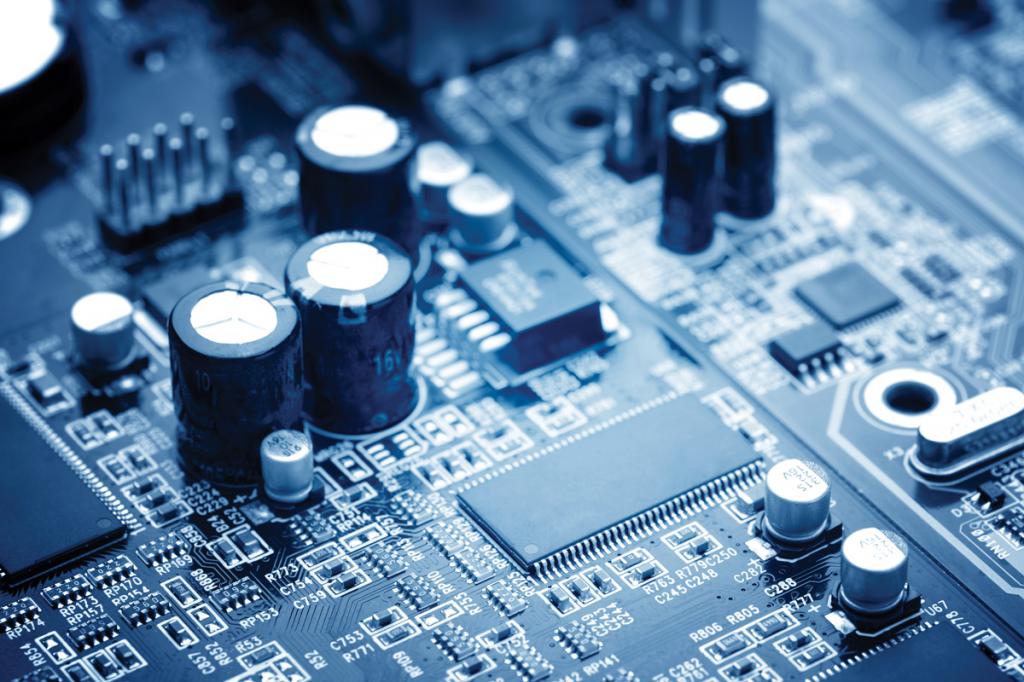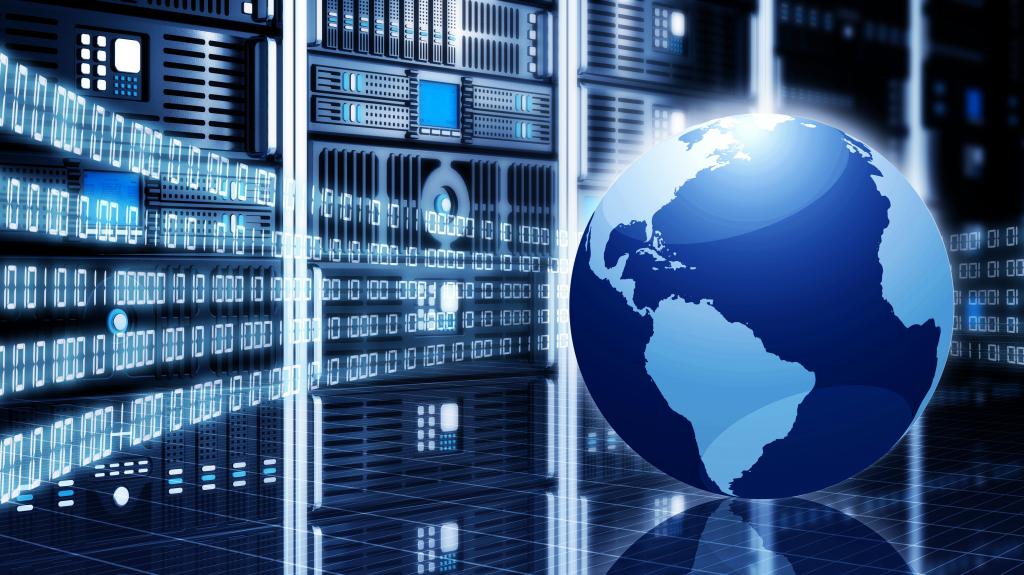Information technology is developing especially rapidly these days. This allows you to improve management procedures and, thereby, improve the quality of administration in various institutions and organizations. This is mainly achieved through the implementation of information and analytical support systems. With their use, analytical activities and various supporting tools are used most actively and collectively, helping to make more objective management decisions.

Information and analytical systems, regardless of the sphere used, are developed taking into account the need to satisfy all the requirements in a subject-oriented development, while taking into account all the main socially significant areas. This management informatization is designed to guarantee a sufficient and stable level of security with user data relating to each aspect of the institution or organization. At the same time, the framework of all significant areas and the entire range of measures implemented by the enterprise are taken into account. So, a single information and analytical system in the field of education contains all the information related to the educational sphere in a particular state, as well as various options for making decisions.
What is IAS?
Analysis of the collected and constantly updated information can cause a problem associated with the quality processing of a large data array and its monitoring. The information-analytical system, in turn, is a combination of hardware, information sources, software solutions and other practical applications. In this regard, each IAS is created and developed taking into account the following circumstances:
- Getting a wide variety of data from many sources simultaneously. This information is presented in numerous formats and subsequently subjected to bringing in a single form and combining in a specific structure. The most illustrative example is the information-analytical system “Education”.
- Accumulation of data and the creation of arrays of them, the use of search and indexing technologies.
- For each of the users, the issuance of the required information necessary for making decisions, performing specific measures or performing certain actions in the chosen field is continuously organized. So, the medical information-analytical system should contain and quickly give out data relating to the health sector, divided by topic and structure.
- Tools for intellectual and operational analysis, preparation of regular and planned assessments of various states of control objects. They can be presented in the form of documentary media, as well as on-screen digital reporting forms.
- All information and the resulting results of its analysis are presented in a strictly ordered form. This is necessary to ensure that all data is perceived by users effectively. An example is the unified information-analytical system “Monitor”, created to obtain statistics and conduct various monitoring.

Why exactly IAS?
The main aspect of the functioning of IAS is the reorientation from advanced versions of various database management systems to a more developed and high-quality level, which allows performing analytical expert actions.The work of information and analytical systems is based on the application of knowledge about a particular field in such a way that IAS users have the opportunity to offer objective solutions to emerging issues, and subsequently successfully apply them in practice. This set can include such components as diagnostics of the state, interpretation of data, forecasting, various monitoring and so on.
IAS functions
Any private or state information-analytical system has certain parameters and system functions. These include the following:
- Means intended for the analytical processing of information received.
- An information base from which information is offered for analytical processing.
- A set of specific rules designed to solve problems arising in the field of information processing.
- Software and hardware complex that allows users to interact with the IAS system.
- Modular functionality for displaying data, creating sentences and variable recommendations.

How are IAS created?
When creating IAS, a variety of economic and mathematical methods and processes are used. In this case, the only limitation is the possibility of successful use of the finished IAS by users. So, in the unified information-analytical system “Monitor”, all information should be structured so that the user can quickly compile the statistics he needs and conduct research in a given area.
According to the characteristics of the internal structure and the basic principles of construction, IAS should have the following features:
- They should not have subjective prejudices, while their resistance to various external disturbances should be high.
- IAS should not draw unreasonable conclusions; its purpose is to assist the user in making decisions.
- Such systems do not issue the first reduction to a user request, but provide an optimal solution that meets the given conditions.
- Arrays of information can be very significant, especially compared with the volume of databases. Thus, a single information and analytical system in the field of education offers much more information and options for resolving issues than previously used software solutions.

However, it is necessary to correctly assess the real capabilities of IAS. Of course, they are not able to solve all the problems. But if used correctly, they will make it possible to make the most correct and informed decision.
IAS in the field of economics
Today, the efficiency of most economic entities is largely determined by high-quality organized information support. Any modern organization today is equipped with computer resources, which is why there is a need not only to protect internal information, but also to protect it from unauthorized access from external sources.
As a rule, the solution to this issue is limited to the use of antivirus programs. In practice, not everyone uses information-analytical systems that help to efficiently use the information that is available and available. But if such a system is present, and it works smoothly, this can negate the probabilistic nature of managerial decisions made, duplication of data and their loss, and also lead to an increase in management efficiency. What is it?

How it works?
What are the benefits of implementing the above technology? First of all, it affects the effectiveness of commercial structures. When analyzing the Russian information market, it is noted that the information and analytical systems used on it today often do not justify their name.The reason is that in fact they are an improved version of a specialized database. In order to make a serious management decision, you need to process a huge amount of various information. Its volumes significantly exceed the physiological capabilities of the human brain, aimed at perceiving, evaluating and processing data. It is this factor that determines the use of technical means as a mandatory attribute. At the same time, information and analytical security systems are not just a desirable element of work, but a necessity.
Experts note that it is precisely in commercial organizations where they regularly solve difficult problems in allocating significant resources that, when choosing unsuccessful solutions, the cost of damage will be extremely high. Therefore, it is in these situations that in fact the only effective means of minimizing errors during decision-making is the use of specialized methods, software and technologies. All of these tools are collectively designed to process information, and they include information-analytical systems.

How important is it?
In a general sense, in the process of managing systems of an economic type, information is presented as a set of data used to solve financial and especially managerial problems. In management, the importance of information is indisputable, however, traditional systems mainly use information that generalizes the state of a managerial subject and covers an extended period of time. For this reason, all the necessary information can not always be provided on time, and their too strong generalization leads to some relativity, approximation of values (compared with real indicators).
The development of information-analytical control systems helps to significantly increase the volume of data processed simultaneously, and also makes it possible to more quickly provide all the necessary information, the requests for which in the latest systems are changing (for example, the use of quantitative methods in management). It is also natural that automation of approval of management decisions uses large amounts of information that was not previously recorded and not stored in traditional systems. At the same time, the additional costs of data collection are fully justified by the most efficient and accurate solutions.
Quality and timeliness of information
Another aspect can be associated with the possibility of improving the quality of information, in view of its timeliness. In practice, it turns out that information-analytical support systems make it possible to increase the speed of processing and sending data.
The most important principles of the above system were developed by two researchers: a scientific team led by Reuters from the UK and W. Bloomberg from the USA. They are based on the main rule - the information entered is used to solve any managerial tasks, and it is from this information base that is compiled. This principle was highlighted due to the fact that the previously implemented automated control system looked like an unnecessarily cumbersome mechanism, which is the creation of data and its inclusion in stages, individual tasks and subsystems. To develop a specific task, it was necessary to develop and create information support for it, which was carried out by creating a whole array of data, possibly required to solve a separate task. If a new task appeared, it also required the creation of a new mass of data.

This led to the fact that the output was a huge amount of information arrays that were not connected at all.In addition, they were regularly repeated and, thereby, markedly increased the volume of all available information. As a rule, the same information is used to solve many management tasks, but since the business structures are very dynamic, changes to this information are permanent. This leads to the fact that indicators that are constantly repeating in data sets require continuous adjustment. Information-analytical systems, in turn, contain grouped arrays that form the so-called data banks. At the same time, their total number decreased, since individual functional data sets were allocated. An example is:
- personnel pool (information about employees working in the organization);
- an array of fixed assets (available equipment, facilities, and so on);
- on material or labor standards;
- about technological routes.
The principle of minimizing the flow of information
For any analytical actions, it is the processes of data input and output that are most vulnerable, if we consider them from the point of view of objectivity, accuracy and comparability. If a mistake is made in this process, it can have a decisive influence on the entire operation of the automated control system. That is why the circulation of information is given the most importance.
Change Entry Principle
Information that relates to various tasks and management objectives is changing continuously. This is displayed at various levels, but it is not always necessary to make all changes. It is only necessary to record on machine media what changes the meaning of the data already entered into the system.
Technology development
Information and analytical systems of a more developed, second generation, were actively improved back in the 80s of the 20th century in developed countries (in particular, in the UK, Japan, and the USA). Their guiding principles are expressed in increasing intellectual capabilities and data analysis, self-application of logical conclusions and increasing productivity. Another important point was present in them: organizational relations became optimized.
If previously physical participants in the management processes exchanged documents and communicated with their help, with the introduction of new technology everything began to happen through automated systems. All information is entered and processed automatically, and other participants are included in this process only as necessary.
Periodically, each of the participants needs to receive generalized data, which can be obtained using the information-analytical system, without involving any specialists. IAS, like any similar technology, contains a set of various material means (means of technical processing, sending and changing states, information carriers, etc.), methods of their interaction, objects of labor and specialized knowledge, as well as organization of work.
Information technology contains the basic procedures, including the collection and registration of information, its direction to the place of processing, encryption and encoding of data, the modification and application of information, which in general represents the adoption of management decisions.
As a rule, economic information goes through all stages of transformation, but there are situations when their sequence changes or individual steps are repeated. These changes occur depending on the economic object, which processes information automatically.









